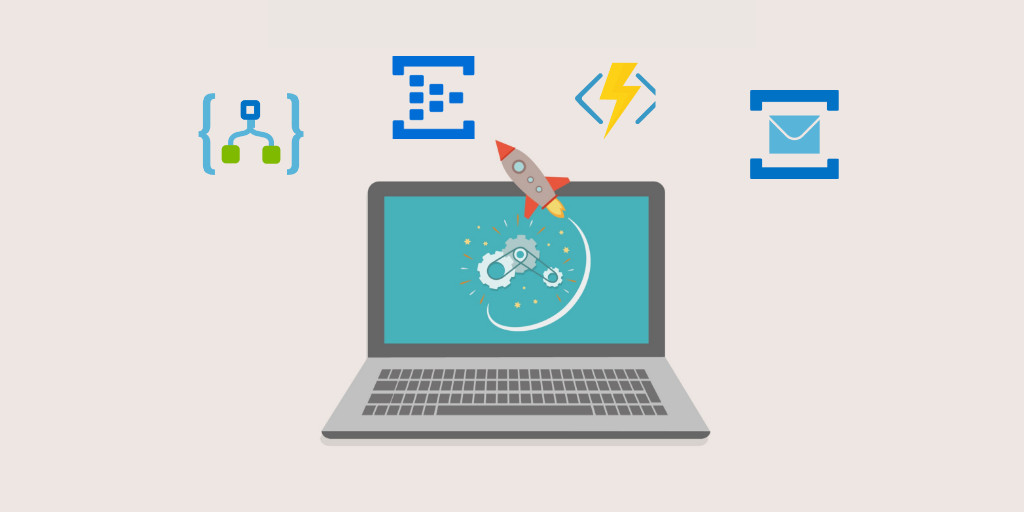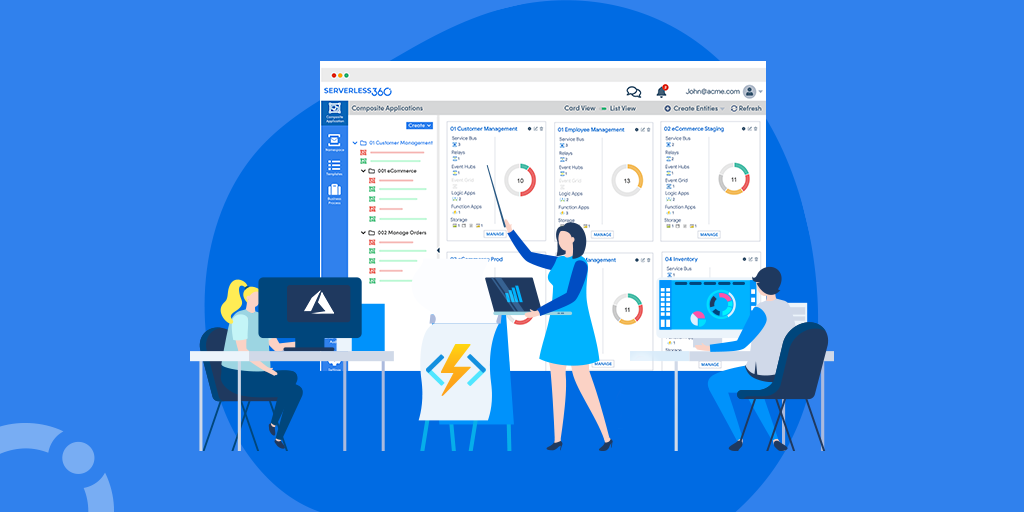The Private Hosting infrastructure is generally available now. You can download it here.
The wait is almost over! We are rolling out the Beta version of Turbo360 for Private Hosting infrastructure. Beginning with just a few features, we plan to complete the global roll out in the coming weeks.
Last year, we launched SaaS version of Turbo360 which gained very good acceptance and we are thankful to our continuing customers. As we took this version to market, we understood it is segmented into two – those organizations who prefer SaaS model is easy to adopt and manage and there are enterprises who still liked the product but that SaaS model won’t simply satisfy their IT policies. Hence, we decided to build Private Hosting capability and now Turbo360 is available in two flavors – SaaS & Private Hosting.
What you’ll see in the beta version is to manage and monitor Azure Service Bus Messaging capabilities via Turbo360 hosted from your infrastructure. This beta will include features like:
1. Composite Applications
2. Message Retrieval and Processing
3. CRUD Operations
4. Monitoring and Notification
5. Governance Audit
6. User Management
Composite Applications
Composite Application is a logical entity that you can use to group Azure Services like Service Bus, Logic Apps, Event Hubs etc that constitute a Line of Business Application in your Integration Solution Architecture. It is introduced as a built-in feature for serverless management and monitoring related to Enterprise Integration. These resources can be from different Azure Subscriptions and namespaces. In the Beta version of Turbo360 Private Hosting, you can manage and monitor the application group that contains different Azure Service Bus Messaging resources.
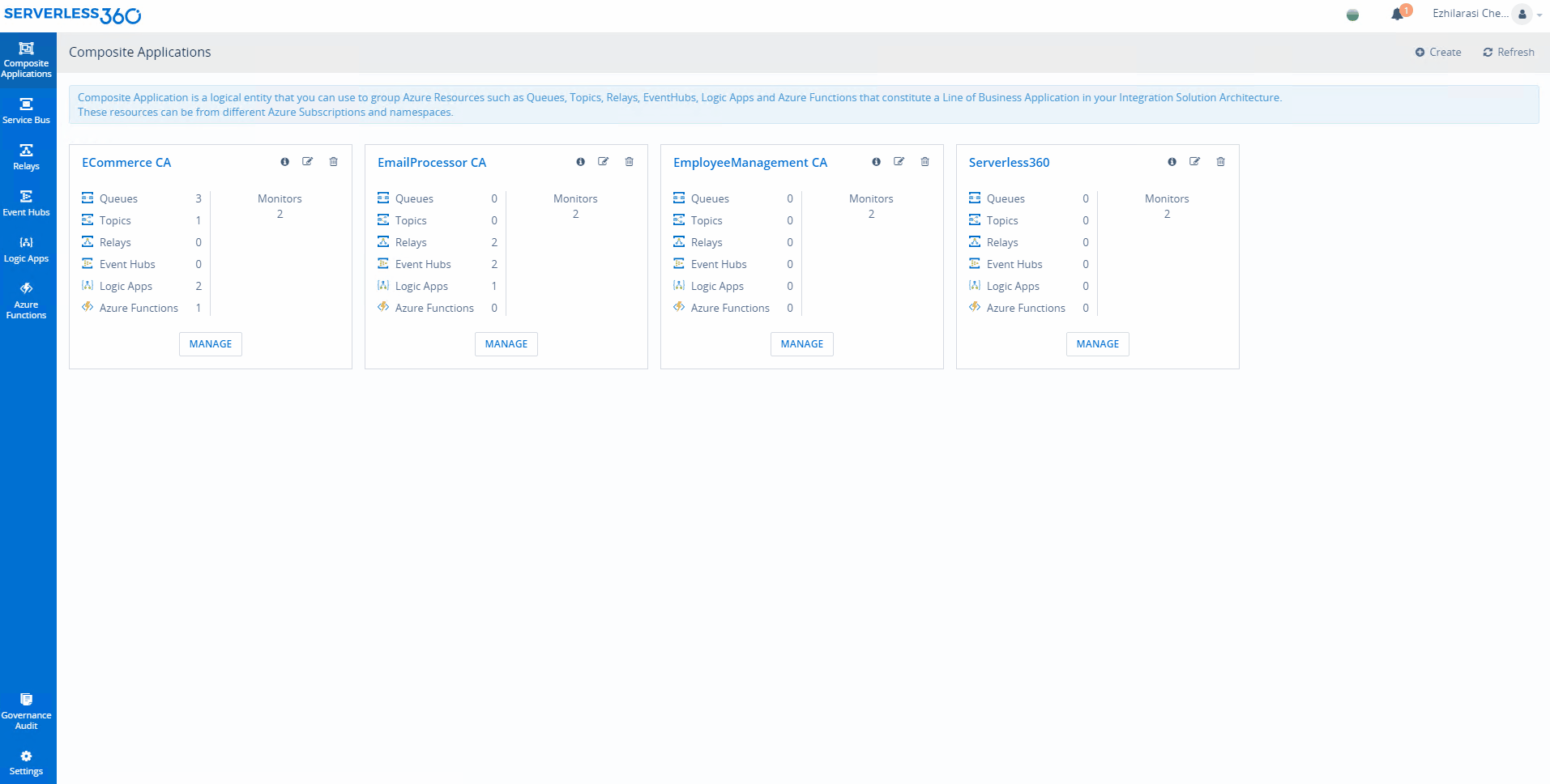
Message Retrieval and Processing
Turbo360 Private Hosting retrieves and process both active and dead letter messages, when the query is executed from the UI, Turbo360 triggers a service call that retrieves the list of messages in peek lock mode. In addition, the service call will retrieve other information related to the message such as sequence number, size, label, enqueued time, expiry time, message details and properties. You can resubmit a dead letter message by selecting the messages and choosing the destination entity. The destination entity may be a Queue or a Topic under the same composite application. Under message processing, you can do the following activities:
1. Resubmit a message/bulk messages
2. Delete a message/bulk messages
3. Repair and Resubmit a message
4. View properties/message details/error details
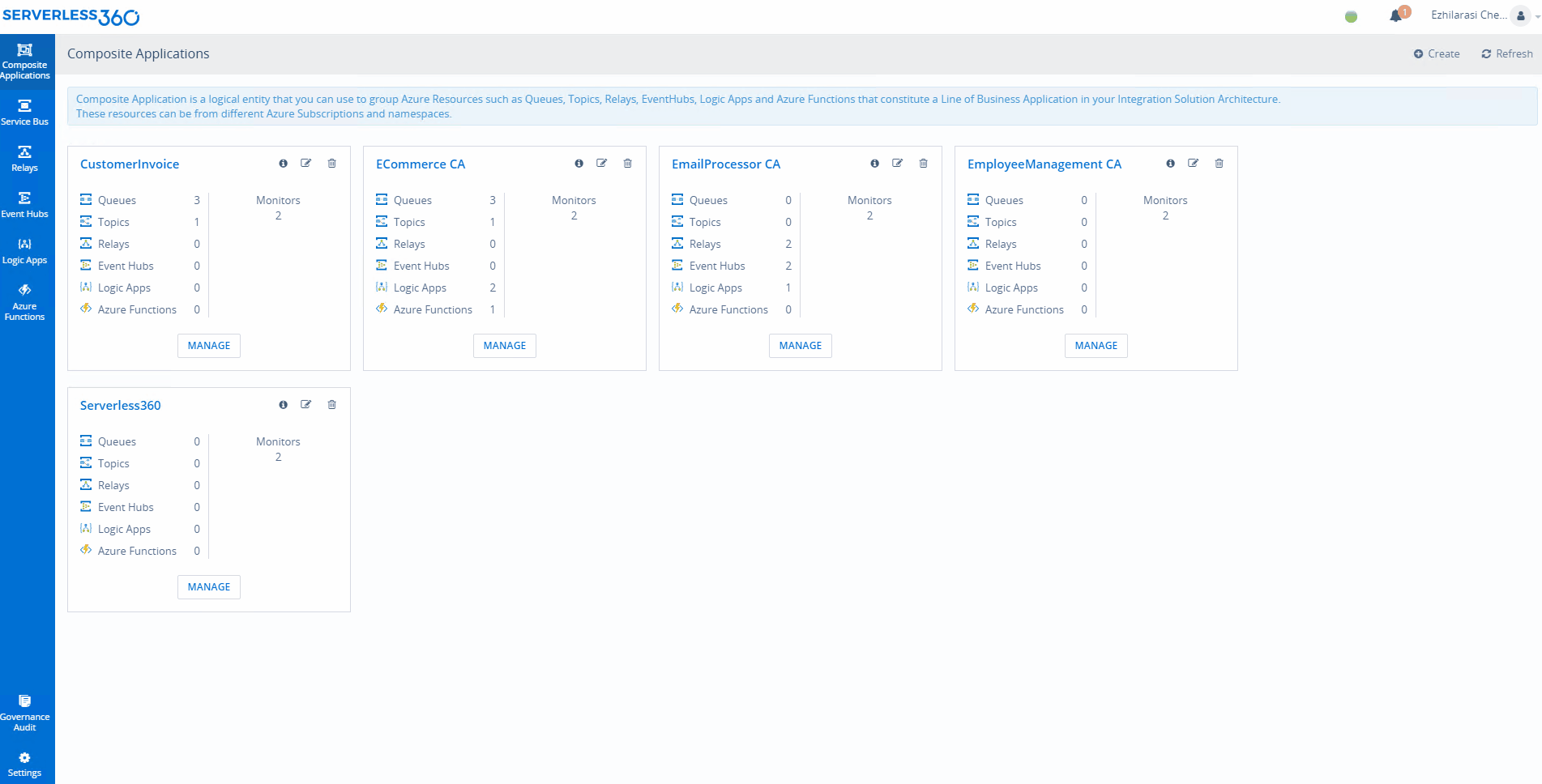
CRUD operations on Azure Service Bus Messaging Resources
CRUD operations on Azure Service Bus Messaging Resources are similar to the SaaS version, you can create and delete Queues and Topics within the Turbo360 portal. You need not switch to the Azure portal to perform these operations. In addition, Turbo360 also keeps track of these operations performed by users in the Governance/Auditing section to help administrators solve any problems easily.
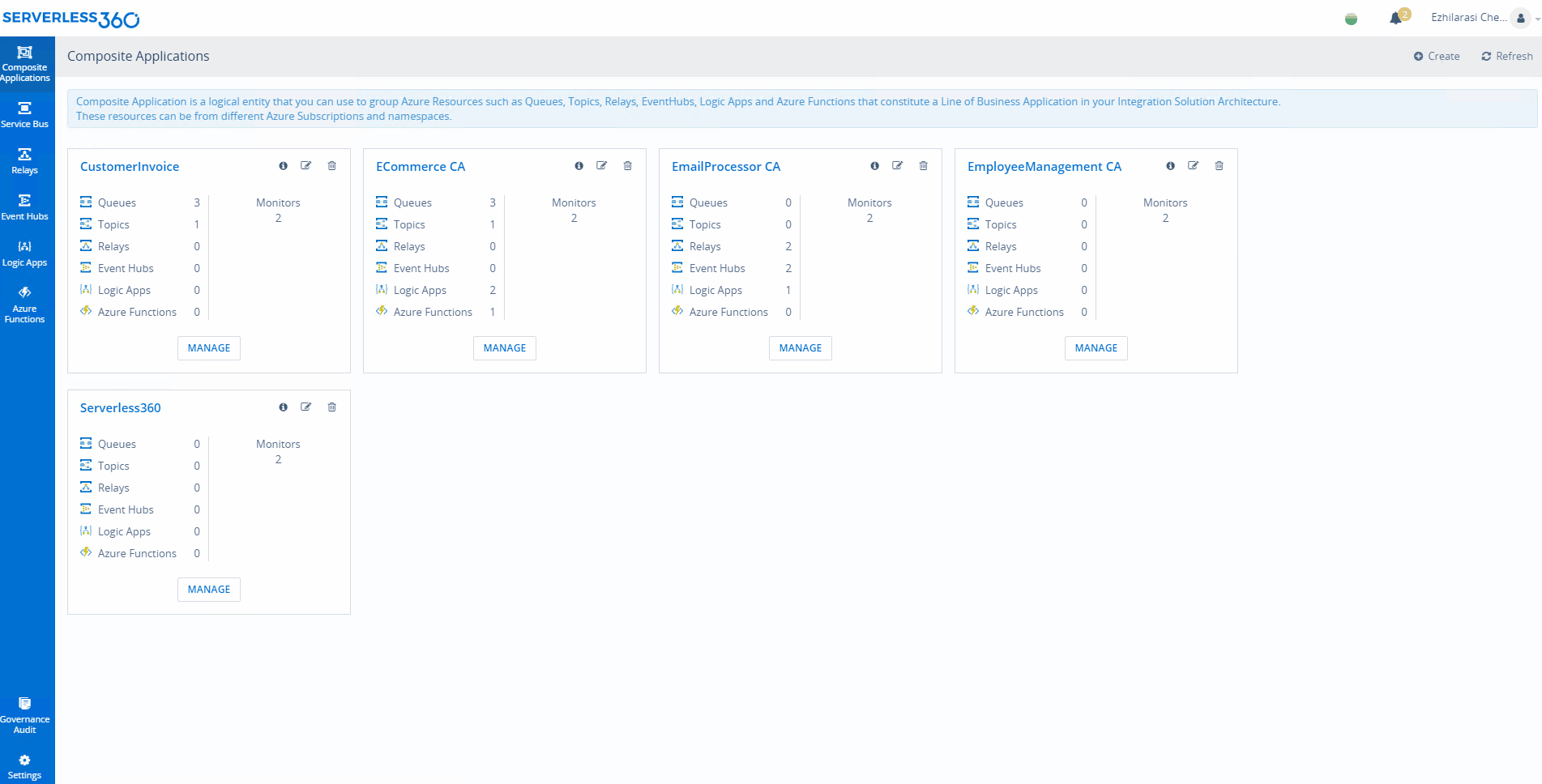
Monitoring and Notification
The first step will be to create an alarm and then map the resources to the alarm. In the beta version, Turbo360 Private Hosting is designed to provide status and threshold monitoring capabilities for Azure Service Bus Messaging. Monitoring is bundled within the composite application and has the capability to monitor the resources associated with the composite application. The monitoring service will check the status every 60 seconds and update the dashboard with the status and also trigger an email to your registered email address with the monitoring status (if opted for email notifications while creating the alarm). Similarly, you can receive notifications from SMTP and Microsoft Teams.
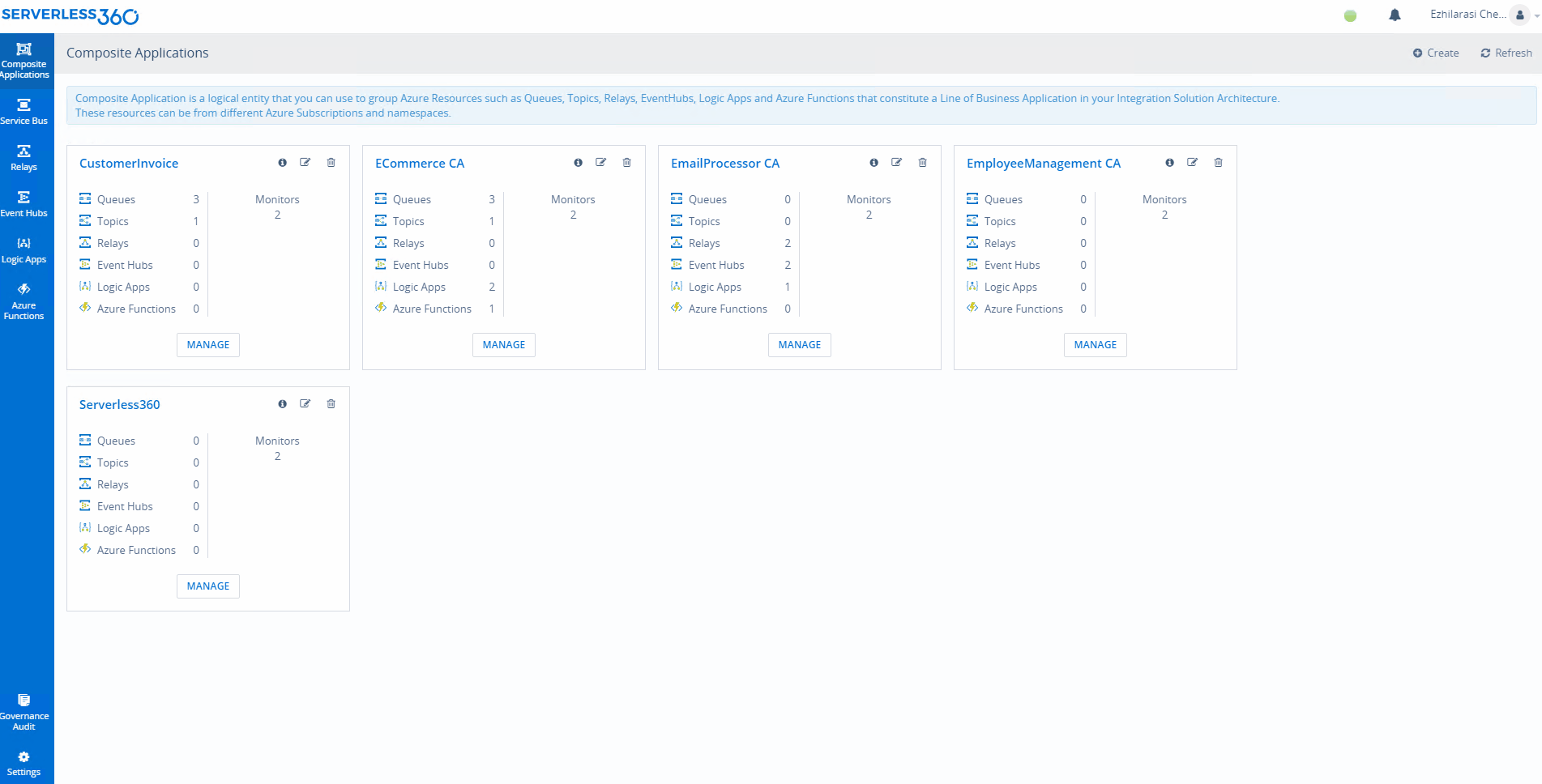
Governance Audit
Governance and Auditing simply mean recording all the activities performed by an Administrator or Operations person in your IT team. Auditing is such a crucial part of any enterprise software. Let’s consider a scenario, you have a composite application monitoring key Azure Service Bus Messaging resources in production. In this simplest scenario, an authorized user in Turbo360 can potentially do the following activities intentionally or accidentally:
1. Disable/delete the monitor
2. Edit the monitor configurations
3. Alter the resources mapped to the monitor
4. Edit the set threshold values of the entities
When such incidents happen, you must have the system in place to look at the audit logs and see who performed such activity and take necessary steps.

User Management using Azure Active Directory
One of the major features in Turbo360 SaaS version is fine-grained user management and authorization. Turbo360 Private Hosting integrates with Azure AD gateway for user authentication. Azure AD integration gives your users a streamlined sign-in experience and helps your application conform to your IT policies. Administrators in the Azure AD can assign access to Turbo360 to specific users. In the upcoming releases, we have the roadmap to provide fine-grained access policy based on custom roles for the users.
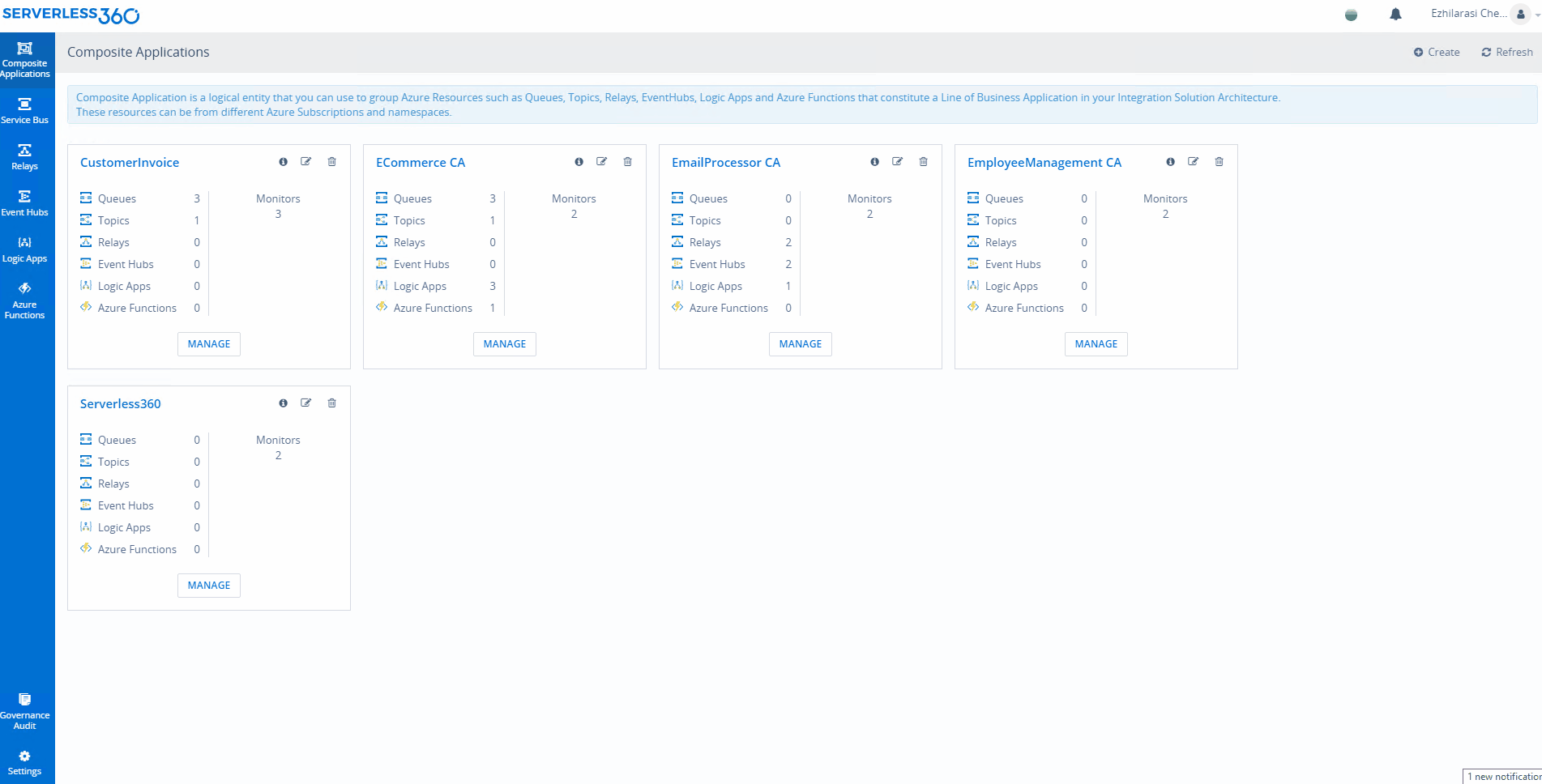
Do you have a feedback for Turbo360 Private Hosting?
And we want your feedback! Say something about the new user interface you like? or something to improve? Have a feature idea for future releases? Experiencing a problem? You can share your feedback with us through support@turbo360.com. Finally, this release doesn’t change anything with our existing SaaS offering. So, you can continue to rely on the operations and monitoring capabilities you’ve already put in place using Turbo360 SaaS version while being free to explore the new offering as it evolves.
That’s it for now. We look forward to sharing the next iteration of our work as we continue to build the Private Hosting version of “Single Management tool for Composite Cloud Integration Solutions running on Azure”. See Ya Later!

